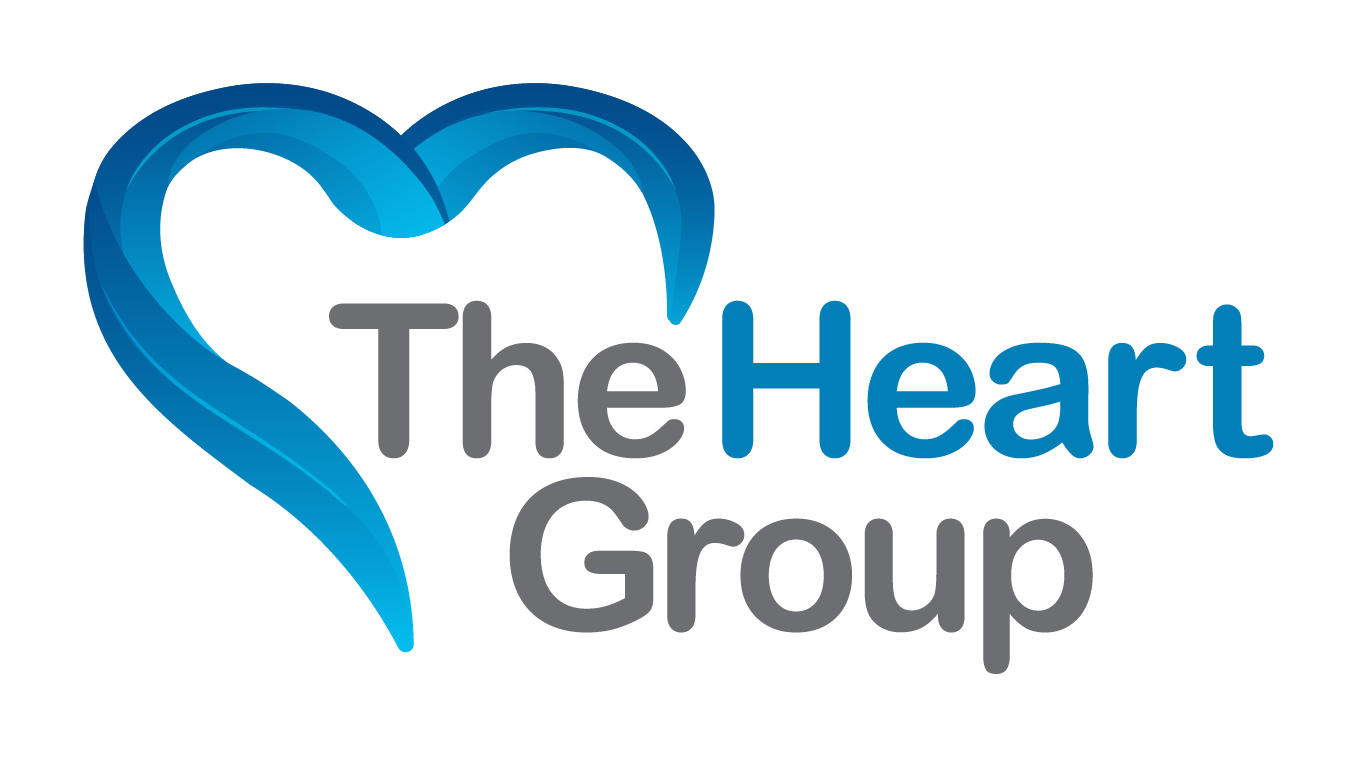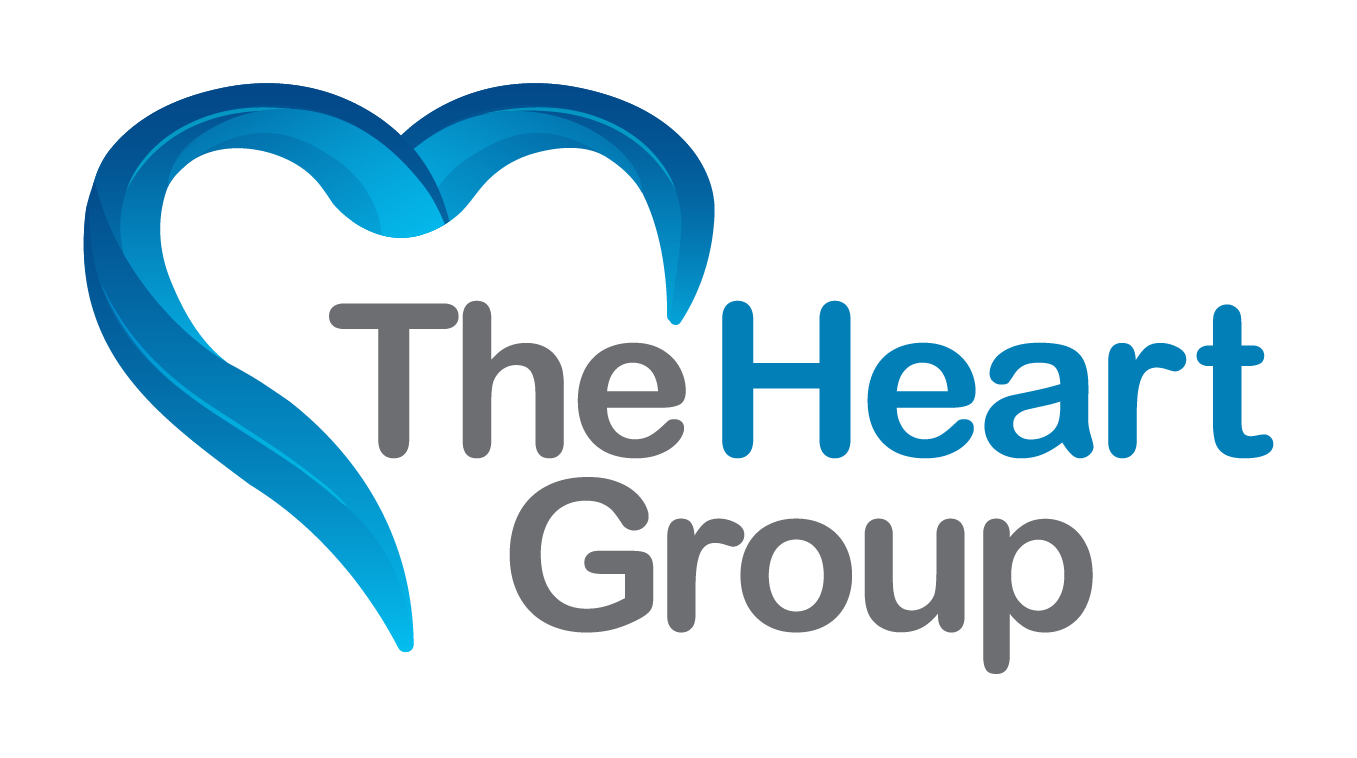24-Hour Ambulatory Blood Pressure Monitor (ABPM)
An ambulatory blood pressure monitor (ABPM) records your blood pressure over a 24-hour period. This small blood pressure machine records blood pressure at regular intervals, even while sleeping, providing a more accurate picture of heart health than standard office readings. Ambulatory blood pressure monitor is extremely helpful for individuals with “white coat hypertension” (elevated blood pressure observed when visiting a doctor).
Diagnosis of Hypertension:
Ambulatory blood pressure monitoring is useful in diagnosing white coat hypertension (elevated blood pressure in a clinical setting but normal at other times) and masked hypertension (normal blood pressure in a clinical setting but elevated at other times).
Evaluating Blood Pressure Variability:
It provides detailed information on blood pressure variability, including nighttime dips and morning surges, which are important in assessing cardiovascular risk.
Assessing Nighttime Blood Pressure:
Ambulatory blood pressure monitoring is the only reliable way to measure blood pressure during sleep. Elevated nighttime blood pressure is a strong predictor of cardiovascular events.
Understanding the Ambulatory Blood Pressure Monitoring (ABPM) Procedure
Need to undergo ambulatory blood pressure monitoring?
Here’s a breakdown of what to expect during this 24-hour test:
Step 1: Consultation and Referral
Talk to your GP about inconsistent readings, new symptoms, or spikes from unknown causes. Your GP will assess if ABPM is necessary.
Step 2: Booking Your Appointment:
Contact one of helpful staff members to book your 24-hour blood pressure monitor.
Step 3: Preparing for Your Appointment
Be aware that once the monitor is fitted you will not be able to remove it. The device should not get wet so plan ahead.
Consider wearing a short sleeve or loose fitting shirt to allow for cuff expansion and comfort.
Bring a list of your medications.
Step 4: Getting Your Monitor Fitted
A blood pressure cuff is placed around the upper arm, similar to a regular blood pressure monitor.
The cuff is connected to a small portable monitor, usually worn on a belt or shoulder strap. This monitor inflates the cuff and records blood pressure at set intervals (usually every 15-30 minutes during the day and every 30-60 minutes at night).
Bring a list of your medications.
Step 5: Wearing the Monitor for 24 Hours
The monitor will measure both your blood pressure and heart rate at set times while you go about your daily activities. During the day every half hour/during the night every hour
During measurements you must keep your arm straight and your hand by your side.
Step 6: Removing the monitor
You will return to The Heart Group after 24 hour monitoring period to have the monitor removed.
The recorded data is downloaded from the monitor for analysis by your cardiologist.
Your cardiologist reviews the data, including blood pressure trends, nighttime readings, and any significant variations. Your results will be compared to standard blood pressure ranges.
Step 7: Follow up and Results
Your cardiologist will discuss the findings with the patient, including any implications for diagnosis or treatment.
Based on the results, treatment may be started to improve your blood pressure and cardiovascular health.
Remember that depending on your case, you may be asked to wear the device for 24 hours. Clarify with our heart specialists so you can plan accordingly.
Get in Touch With Us
Instructions for Proper Use and Comfort During 24-Hour ABPM
There’s a tube connecting the blood pressure cuff to the monitor; do not bend or twist it because it can interfere with proper function.
- When a reading is about to start, you will hear a beep. Once it begins, do the following:

- Keep a diary of your activities, such as your sleep/awake times and any unusual symptoms
- The repeated cuff inflations may be distracting or uncomfortable. If there are any concerns, inform your doctor immediately because distress can affect the accuracy of your readings.
- Wear suitable clothing to have easy access to your upper arm and to prevent tight-fitting clothes from moving the cuff out of place.
- The monitor is not waterproof and therefore you can not get it wet. It is important to plan ahead.
NOTE: There are generally no issues that arise while wearing the monitor, some people experience symptoms that may indicate something serious. Please contact your doctor if you experience any of the following:
- Chest Pain
- Dizziness
- Heart Palpitations
- Extra/Skipping Beats
- Shortness of Breath
- Rash or Redness on the Skin
- Fainting

Understanding the Numbers and Trends On Your 24-Hour Blood Pressure Data
ABPM goes far beyond your office reading by collecting and recording more data about your heart health.
A comprehensive interpretation by our cardiologist professional leads to more accurate and personalised management.
Here is some information you need to know before being monitored.
How The Heart Group Cardio Team Interprets Your ABPM Results
We will give you a detailed report of your 24-hour blood pressure measurements presented in graphs and tables in an easy-to-read format.
Our cardiologists will take note of your blood pressure measurements, including systolic (top number) and diastolic (bottom number) values.
We use these numbers with your individual health profile and risk factors to determine the most appropriate management.
We identify and examine trends in your measurements, looking for consistent blood pressure patterns and fluctuations.
We analyse the difference between your lowest and highest readings since variability can also be a risk factor.
If you and your referring doctor have set specific goals, we will compare your results to see if your management is on track or if more work needs to be done.
We will look into your lifestyle to see which activities and how much of it is affecting your blood pressure.
At The Heart Group, our experienced cardiologists ensure you clearly understand your heart health, empowering you to make informed decisions about your care.
Contact our team to learn more about how ambulatory blood pressure monitoring can support your heart health journey.
The Heart Group Clinic Locations
- Gregory Hills Health & Business Centre Unit 22, 13 Digitaria Drive, Gregory Hills NSW 2557
- (02) 8318 1488
- info@theheartgroup.com.au
- (02) 8318 9844
- 45 Bowral Street Bowral NSW 2576
- (02) 4216 8622
- info@theheartgroup.com.au
- (02) 8318 9844

